(Psst: The FTC wants me to remind you that this website contains affiliate links. That means if you make a purchase from a link you click on, I might receive a small commission. This does not increase the price you’ll pay for that item nor does it decrease the awesomeness of the item. ~ Daisy)
by Jayne Rising
These days, money is a huge concern and many people have a poor relationship with it. Money is a good tool, but it’s a poor master. Many of us tell ourselves lies about money that feel good in the short term but are harmful in the long run. In this article, I’ll give you tips and a method you can use to establish, or re-establish, a good relationship with money.
I intend to speak to two groups here: those in debt and need to get out and those who haven’t yet had the opportunity to become financially literate. This method, and the self-reflection included, will serve both perspectives.
Why do I need to know how much I spend?
Many articles, including ones on this site, will teach you the basic principles of budget-writing. We write down all of our bills along with the amounts, add that up, subtract that figure from what we have in our pockets, and hope we have some leftover. Anything left over goes into savings. But, of course, that’s the ideal scenario.
But what if there isn’t enough money, and that’s the case every single month? What if we don’t really know what we’re spending? Finding out will take some work, but I promise you’ll live. In fact, you’ll live better when your relationship with your money is in balance.
How much am I really spending?
To get an accurate picture, the first thing you’ll need is a notepad. For one month, write in that notebook every penny you spend. Do you buy Starbucks? Write that down and how much you paid for it. If you can keep your receipts so much, the better! Keep them in your notebook of transactions. Did you go out for lunch? Write that in your notebook as well. Did you buy a Lotto ticket? Pay a bank fee? You know what to do!
At the end of the month, total your purchases. Put them in categories such as:
- Restaurants
- Transportation
- Housing
- Utilities
- Entertainment
- Clothing
- Miscellaneous
A spreadsheet can help, but if that’s not available, use separate sheets of paper and a calculator. It will help you differentiate between the money you have to spend (needs) and money you didn’t have to spend (wants.) You might be surprised at what you see!
Needs vs. Wants
One of the biggest concepts in budgeting is determining which of the things we buy are needs versus those things we merely want.
Needs
- shelter
- clothing
- food
- medical care
- transportation
Utilities also fall into this category, and these days, that may well include good internet service and some way to access it. Taxes are a sad reality.
Wants
- Starbucks
- restaurant meals
- road trips that aren’t work- or errand-related
- video games
- Lotto tickets
Anything that isn’t a need is a want and can be saved up for or gone without. That includes TV, cable, and cars! This writer lived without a TV for two years and stopped driving in 1982. Cars are not automatically necessary for life, though it’s true that some jobs require them. If you live in a big city, public transportation may suit your needs very well. If you’re in the country, you may indeed need that car. Hopefully, you wrote down your expenses for gas, license & registration fees, insurance, and maintenance in your budget.
Yearly expenses can be averaged out for a monthly budget line item. Once you understand the difference between needs and wants, you’re in a position to take control of your money.
Trimming the fat and lifestyle changes
So you’ve done the work and know exactly where every penny of your money is going. You clearly understand which of your expenses are needs and which are mere wants. Pat yourself on the back! You’ve come a long way towards balancing your relationship with your money.
The next step is cutting out all of those wants. If you’re in debt, this step is crucial because it’s the money you’ll use to get out of debt. If you find yourself constantly bouncing checks, you might consider closing your bank account and living on cash. ( Been there! Done that! ) Then your notebook will come in handy indeed!
You’ll need money orders to pay most bills, so be sure to determine if your bank charges for those before closing the account. If you need to keep the account, that can work too, but keep in mind how much money you’ve spent on bank fees and stop doing that! A checking account is a self-discipline, not rocket science. And cut up those credit cards! Gone! Outta here!
What if my budget doesn’t balance out?
If your budget doesn’t balance even after you’ve given it a good trim, you have two options: find more money or cut more expenses.
A second job or a better job are considerations. If you’re self-employed, find a side hustle or two. Income diversification is a survival tool these days anyway; the more income sources you have, the better. Variable expenses are the easiest to cut; you have more control over them. Those are your wants. Can you make do with cheaper Internet service? How about owning your cell phone outright along with a prepaid cellular plan rather than the phones included in the average contract? Do you smoke? Take a look at how much you spend per year on cigarettes. Giving it up would go a long way towards balancing your budget and improving your health! While it may be challenging to move to cheaper housing or a cheaper vehicle, is it feasible and beneficial?
Cook and entertain at home!
If your budget isn’t balancing, then eating out is off of the table. There are many ways to source healthy food locally, and cooking can be viewed as self-care. For one thing, when you’re doing the cooking, you know what went into your food. Your ingredients list is unlikely to read like a college chemistry exam, and that’s a good thing
Cut out that cheap processed food, by the way. While real food is more expensive initially, the nutrition it contains more than makes up for it. Processed food may look cheap, but it’s all sugar & carbohydrates. The health problems that come with such a diet are well documented: obesity and diabetes, to name only two.
If you need some ideas for how to cook at home, Daisy’s article, 50 Ways to Eat from Your Pantry When You Have No Money for Groceries offers great advice on how to get the most out of your pantry. And, if you aren’t quite sure how to eat healthy on a budget, this article will show you the way!
Consider your entertainment choices. A walk in the park is free, gives you exercise and fresh air, and you might enjoy meeting your neighbors! Playing a board game with the family is quality time and much cheaper than the latest video game. What other lifestyle changes can you make?
What if I am considering bankruptcy?
If you’re deep enough in debt to consider bankruptcy, I suggest reading this article by Daisy. Bankruptcy should be viewed as a last option! Bankruptcy will negatively affect your life for years to come, and creditors take such things into account when making their decisions. That makes it much more difficult to get a car or home loan, for example.
Hopefully, if you follow the method I’ve given in this article, you can avoid that entirely. Daisy also offers some great advice on how to deal successfully with creditors. By balancing (re-balancing) your relationship with your money, you can achieve a healthier and happier life. Good luck!
What about you?
Have you improved your relationship with money? Do you have any tips or tricks to share? Let’s discuss money and the self-reflection needed to handle it properly in the comments.
About Jayne
Jayne Rising is a gardener and bookworm with a BS from the University of Wisconsin and a Master Gardener certification. She’s been growing food on her small urban lot since 2010 and teaching others how to do it since 2015. She’s involved in a number of local urban agriculture initiatives, working to bring a sustainable and healthy food system back into the mainstream.
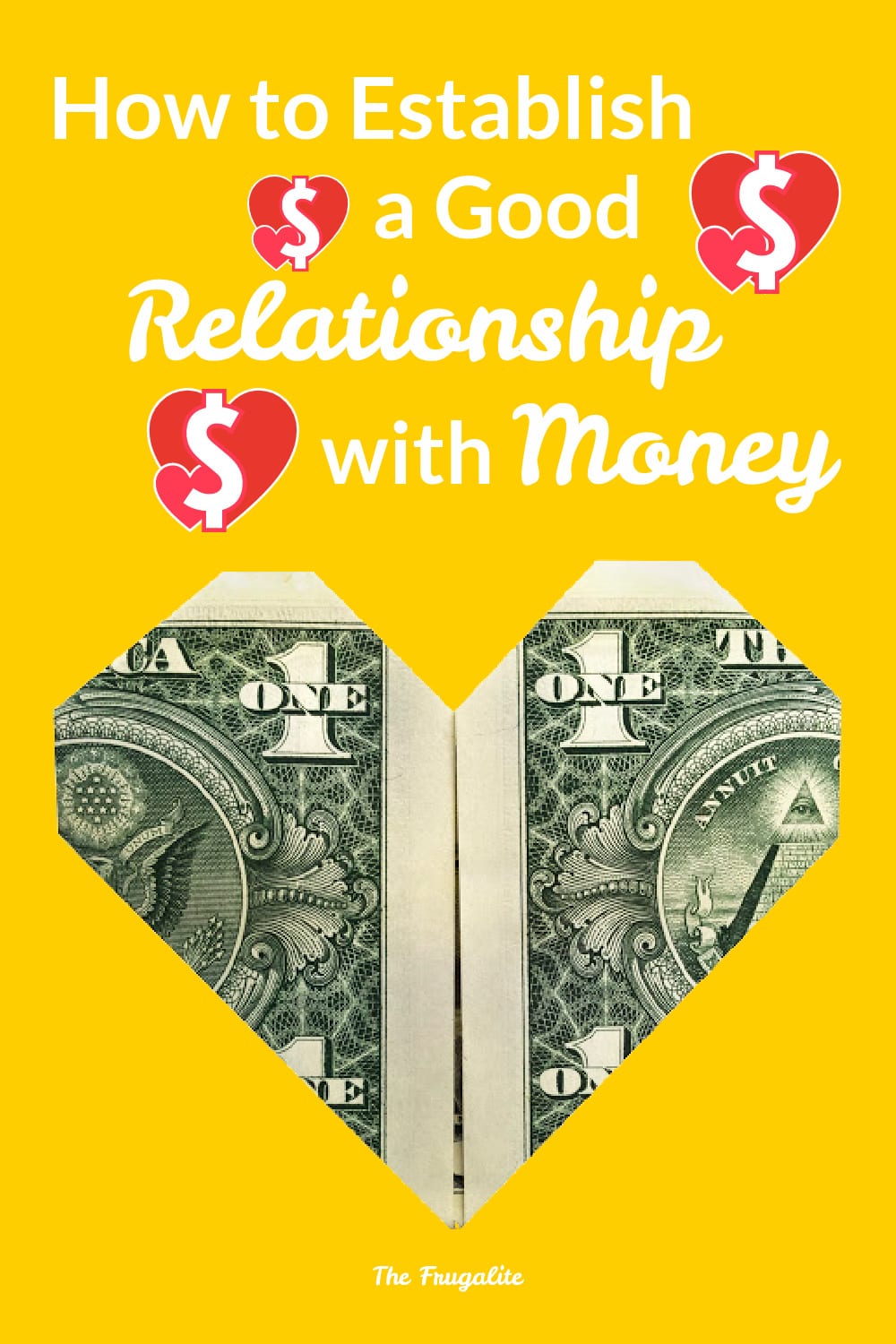

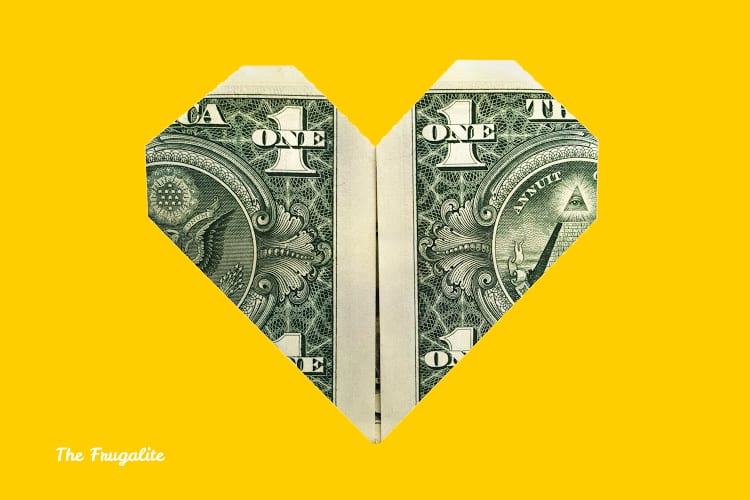




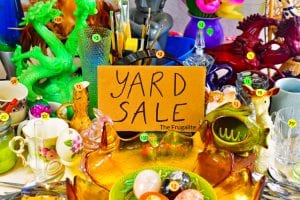

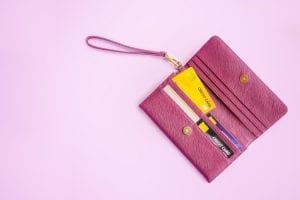
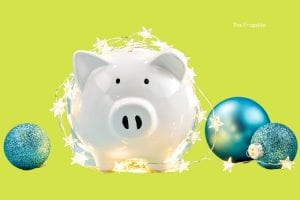

3 thoughts on “How to Establish a Good Relationship With Money”
Lotto is a tax on the poor.
It’s also a waste of a perfectly good dollar.
I wish I could eat out more. The nearest place to eat is 25 miles one way, but I would not recommend it. The other place is a gas station that sells food. Also, not a place I would recommend. Starbucks is about 90 miles away, but I would not from them anyway. Don’t need over priced coffee. Remember their Kenyan coffee brand is grown in Wuhan, China. The most polluted place on the planet.
What I do though is I have a spread sheet. Every penny spent (even a cup of coffee or candy bar) is put in the spread sheet. I would not recommend a column that says miscellaneous because you won’t remember what it was for down the road. Ask me how I know. We have a column for each month, then a row for the different items… grocery, dining out, chicken feed, dog food, gas for my car, gas for my husbands van, generator fuel, savings and so forth. We know how much is spent on each item every month. The downside is there is no surprises on gifts. We know how much the other spent. We discuss purchases and bills several days before payday so we have an estimate on what cost are the month. There are no fights over money because we know what our expenditures are and what we have left for discretion.